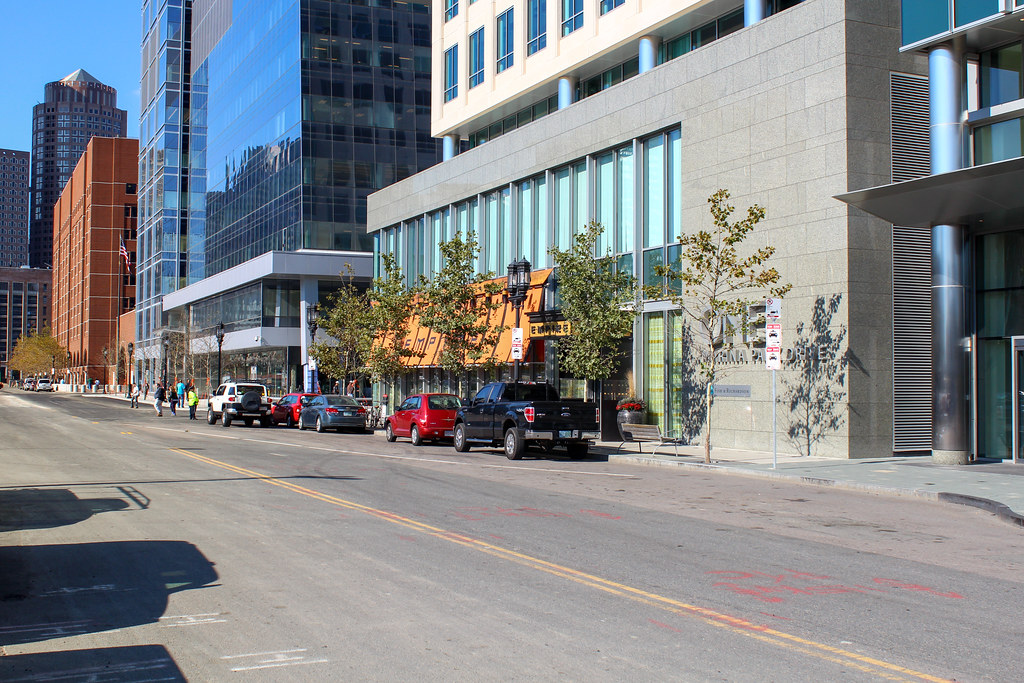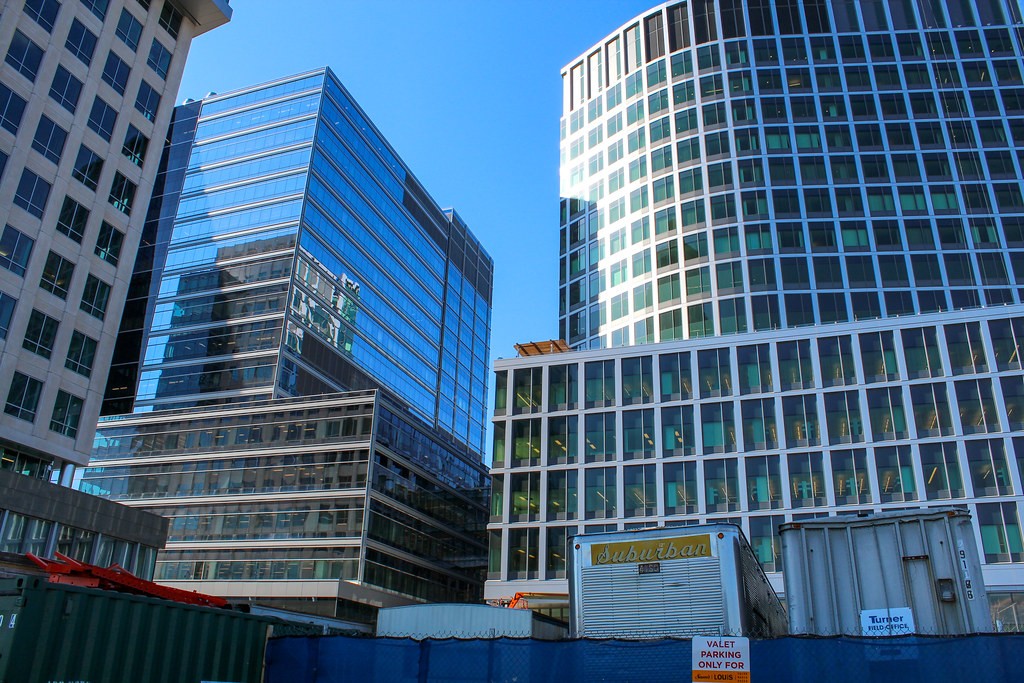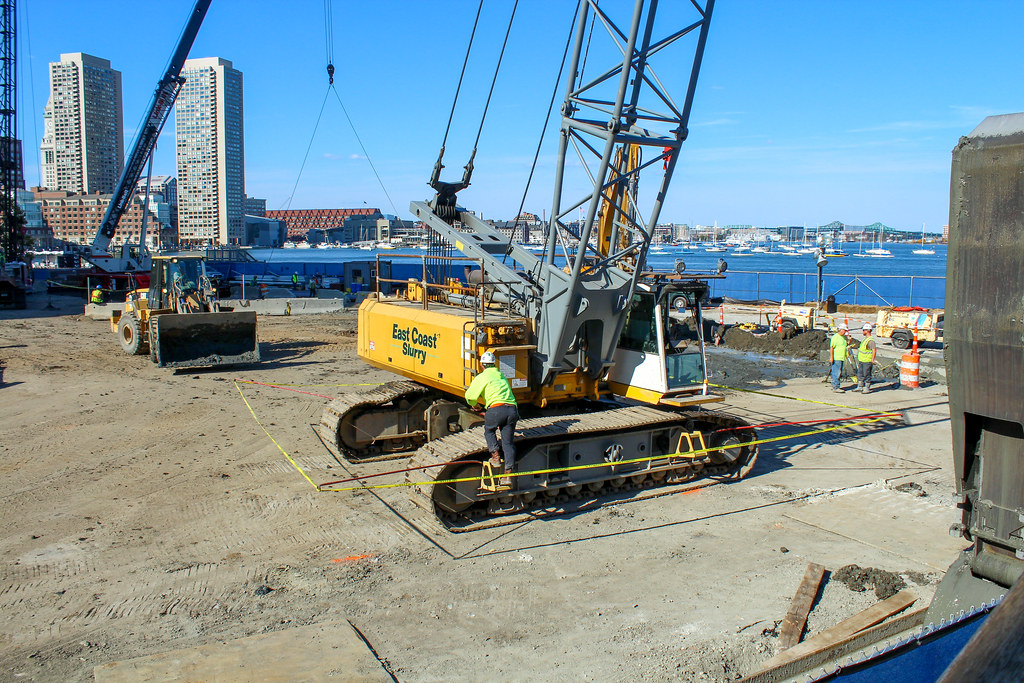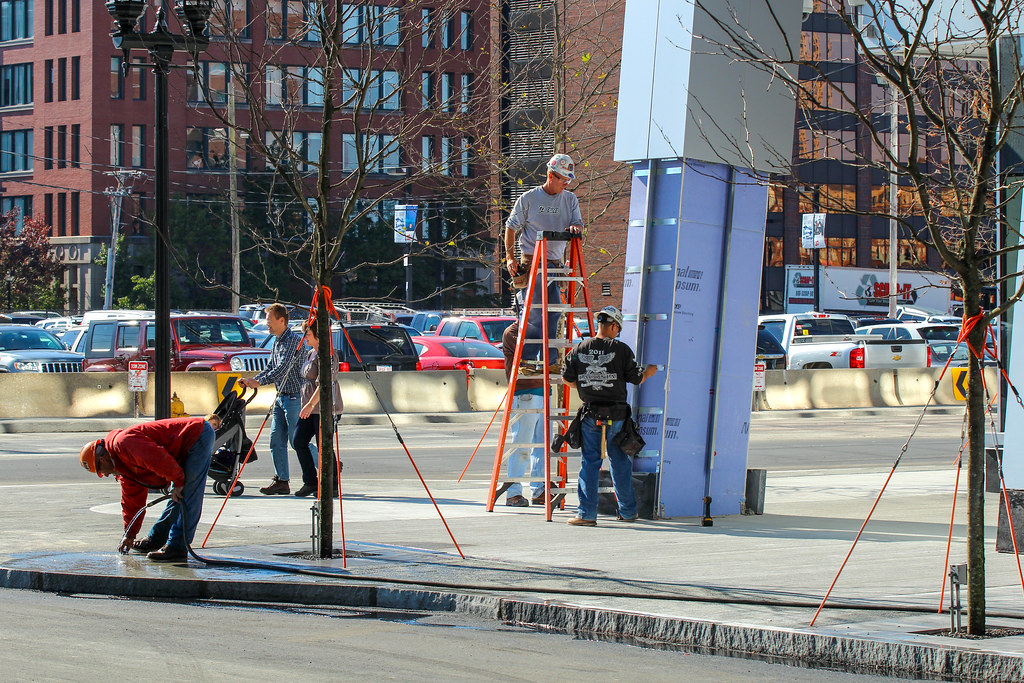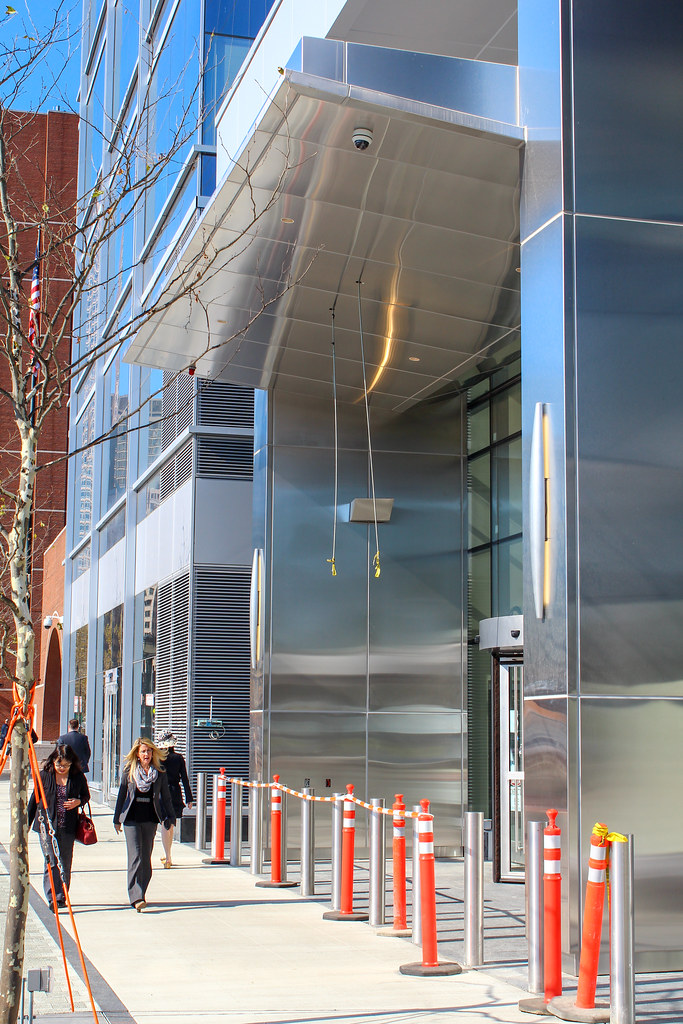You are using an out of date browser. It may not display this or other websites correctly.
You should upgrade or use an alternative browser.
You should upgrade or use an alternative browser.
Vertex Headquarters @ Fan Pier | 11 Fan Pier Blvd, 50 Northern Ave | Seaport
- Thread starter cca
- Start date
cca
Senior Member
- Joined
- Aug 19, 2008
- Messages
- 1,408
- Reaction score
- 12
Re: Fan Pier
+1
So the V, E, R, U and X got value-engineered out?
+1
I really don't understand why we keep getting ramp placement wrong in Boston. They did the same stupid thing with the new Liberty Mutual building. Instead of placing a ramp in each direction where people actually walk, they put one awkwardly at the corner. This is not difficult.
I really don't understand why we keep getting ramp placement wrong in Boston. They did the same stupid thing with the new Liberty Mutual building. Instead of placing a ramp in each direction where people actually walk, they put one awkwardly at the corner. This is not difficult.
There has to be some reason, because they have been tearing out the dual ramps (sans yellow bump mats) on every street corner by me and replacing them with single ramps (with yellow bumpies) in the middle. I wonder if is has something to do with snow?
- Joined
- Sep 15, 2010
- Messages
- 8,894
- Reaction score
- 271
http://www.fhwa.dot.gov/environment/bicycle_pedestrian/publications/sidewalks/chap4a.cfm
4.4.1.3 Curb ramp types
Curb ramps can be configured in a variety of patterns, depending on the location, type of street, and existing design constraints. Curb ramps are often categorized by their position relative to the curb line. The three most common and basic configurations are termed perpendicular, parallel, and diagonal.
4.4.1.3.2 Diagonal curb ramps
Diagonal curb ramps are single curb ramps installed at the apex of a corner (Figure 4-23). Diagonal curb ramps force pedestrians descending the ramp to proceed into the intersection before turning to the left or right to cross the street. This puts them in danger of being hit by turning cars. A marked clear space of 1.220 m (48 in) at the base of diagonal curb ramps is necessary to allow ramp users in wheelchairs enough room to maneuver into the crosswalk (Figure 4-23) (ADAAG, U.S. Access Board, 1991).A designer's ability to create a clear space at a diagonal curb ramp might depend on the turning radius of the corner. For example, a tight turning radius requires the crosswalk line to extend too far into the intersection and exposes pedestrians to being hit by oncoming traffic. In many situations, diagonal curb ramps are less costly to install than two perpendicular curb ramps. Although diagonal curb ramps might save money, they create potential safety and mobility problems for pedestrians,including reduced maneuverability and increased interaction with turning vehicles,particularly in areas with high traffic volumes.

Figure 4-22: Two perpendicular curb ramps with level landings maximize access for pedestrians at intersections.

Figure 4-23: If diagonal curb ramps are installed, a 1.220-m (48-in) clear space should be provided to allow wheelchair users enough room to maneuver into the crosswalk.
There has to be some reason, because they have been tearing out the dual ramps (sans yellow bump mats) on every street corner by me and replacing them with single ramps (with yellow bumpies) in the middle. I wonder if is has something to do with snow?
$$$$
timsox6
Active Member
- Joined
- Feb 16, 2013
- Messages
- 683
- Reaction score
- 0
But how would you save $$$$ by tearing out one type and replacing it? If $$$$ is what you're looking for, why not just leave the curbs as they are?$$$$
- Joined
- Jan 22, 2012
- Messages
- 5,078
- Reaction score
- 1,661
^ If they get away with it, then they won't have to tear them out and replace it. When people/agencies cut corners (heh) they're never thinking about the cost of them having to fix it, just the initial cost saved.
But how would you save $$$$ by tearing out one type and replacing it? If $$$$ is what you're looking for, why not just leave the curbs as they are?
Theyre being torn out and replaced because theyre not ADA compliant (the lip is most likely too high).
Rather than replace in kind (but compliant), theyre saving a couple bucks by only building one ramp.
Naturally, if my hypothetical $20bn national ramp lawsuit on behalf of the blind goes through, theyll have to replace them all again.
SeamusMcFly
Senior Member
- Joined
- Apr 3, 2008
- Messages
- 2,050
- Reaction score
- 110
I just sat through a painful meeting where the first 40 minutes was trying to figure out this exact situation. Architect and landscape going back and forth. I now know way to much about the topic, yet feel like Kelly Bundy after studying and no longer know what a doorbell is.
jdrinboston
Active Member
- Joined
- Oct 10, 2011
- Messages
- 672
- Reaction score
- 561
Is there a reason they can't just make the whole corner a ramp, and eliminate the curb in the middle?
Last edited:
I just sat through a painful meeting where the first 40 minutes was trying to figure out this exact situation. Architect and landscape going back and forth. I now know way to much about the topic, yet feel like Kelly Bundy after studying and no longer know what a doorbell is.
Can you elaborate? What exactly is there to go back and forth on?
Everyone knows corner ramps are crap. The only possible "justification" is minimal cost savings.
Is there a reason they can't just make the whole corner a ramp, and eliminate the curb in the middle?
Ive seen it done that way in a few cities. Stormwater can be an issue if not done properly....but then again, Boston is the worst when it comes to that. Every ramp leads to a lake in the winter.
paperless paul
Active Member
- Joined
- Nov 1, 2013
- Messages
- 214
- Reaction score
- 3
SeamusMcFly
Senior Member
- Joined
- Apr 3, 2008
- Messages
- 2,050
- Reaction score
- 110
Can you elaborate? What exactly is there to go back and forth on?
Sorry. It wasn't just about corner vs. standard. It was about how far from the corner to separate the driving street from the pedestrian street, and utilizing the crosswalk as the delineation between said streets. Also, the way trees on the sidewalk create the natural walking path thru the development and how that ties into the location of the ramp and raised (bubbled) strips for the blind.
It was painful and tedious because it should not have been taking up so much time with the MEP people in the room, or at least scheduled so we didn't need to sit through it.
Sorry for the confusion.
Theyre being torn out and replaced because theyre not ADA compliant (the lip is most likely too high).
Rather than replace in kind (but compliant), theyre saving a couple bucks by only building one ramp.
Naturally, if my hypothetical $20bn national ramp lawsuit on behalf of the blind goes through, theyll have to replace them all again.
Haha


